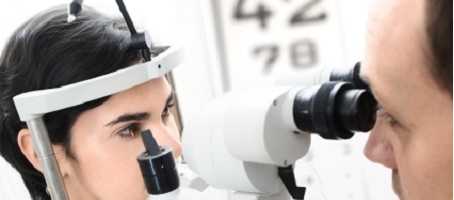A new study suggests non-mydriatic imaging could help when examining children with type 1 diabetes.
Non-mydriatic cameras are valuable imaging tools for retinal analysis, with Anton Kolomeyer, MD, from the University of Pittsburgh Medical Centre reporting: “It is definitely a quicker way of screening a large number of kids”.
Testing for diabetes
Kolomeyer’s team photographed 106 children between two and 17 years of age with a Canon CX-1 retinal camera.
Images were obtained for 98 per cent of the children, with one child found to have non-proliferative diabetic retinopathy and two found to have incidental findings.
62 per cent of children had an eye exam the previous year, which was more common in children newly diagnosed with diabetes in the last three and five years than in those with an older diagnosis.
A new approach
Kolomeyer was surprised with how well the children behaved, and that since diabetes is prevalent in children at younger ages, eye exams are now essential, with current approaches unpleasant and time-consuming.
Previous research had found that non-mydriatic fundus photographs can provide an alternative to pediatric ophthalmologic visits, and that pediatricians can take the photographs.
“I just came off of 8 weeks of giving kids drops. It is really, really crazy,” Kolomeyer said. “If this could be done in an endocrinologist’s office without dilatio, it could be helpful.”
What's new on the forum? ⭐️
Get our free newsletters
Stay up to date with the latest news, research and breakthroughs.




